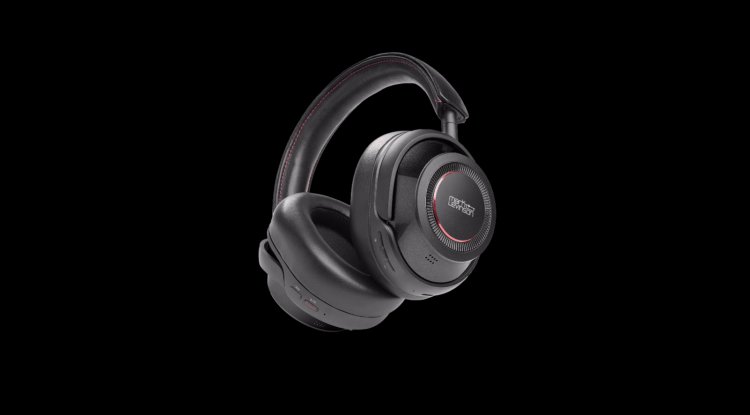How to protect information from mobile phone theft
Mobile phone theft is commonplace, with millions of thefts and losses occurring year after year. A smartphone is a desirable target due to its tiny size, ease of theft, high price, and ability to sell it whole or in parts. Don't lose the information it holds before it happens to you.

A large number of people are about to take a few days off for the summer. And, despite our best efforts to unplug, we will almost certainly wind up carrying a laptop, tablet, and, of course, a smartphone.
The user's relaxation and vacation transit through crowds of people considerably encourage mobile phone theft. And it's a problem that goes beyond the cost of losing a type of gear that, from the mid-range up, isn't usually cheap.
And we discuss information. Third-party access to our professional, financial, or personal data can have incalculable consequences, in addition to leaving us 'sold' if they gain access to our passwords and services.
Not just mobile devices, because this type of device is commonly used to secure the access of others, such as during double authentication.
In addition to the general precautions that we must take to prevent the loss of any electronic device and the basic precautions against theft, especially when traveling through airports, train stations, restaurants, hotels, and the general public areas full of people through which we circulate these days, smartphones deserve special protection in the event that the worst occurs, including:
- Use a PIN code for the SIM card.
- Lock the screen with a strong password and biometric systems such as the fingerprint sensor or facial recognition.
- Use full disk encryption to protect information.
- Keep backup copies of all data.
- Password protects critical applications.
- Activate the “Find my device” function.
If you followed the guidelines above, at the very least, data protection management will be easier. Use the "Find My Device" or "Find My" feature on Android or the "Find My" feature on iOS to mark your phone as lost and have the device screen display a message with a friend or family member's phone number so that if it's not theft or loss and someone honest finds the device, they can contact you.
If you do not retrieve the device within a reasonable time (or the time you feel necessary), remotely wipe all information on the device and contact your Internet service provider to ban the terminal's SIM card. Finally, you must buy a new terminal and restore the data from the backup.
Furthermore, you should be cautious since thieves can utilize the contact information to get even more sensitive information, such as general access accounts, Google or Apple IDs, via social engineering tactics.
Lock SIM and IMEI
It is the first and most important move to do. Call your operator, explain the scenario, and block the SIM card so they can't use the terminal's communications. In some countries, you can add the stolen phone identifying number (IMEI) to the phone company's block list in addition to blocking the SIM card.
Lock the smartphone
Block the terminal from a secure device, as you will need to enter your Google or Apple ID password, and consider the entire erasure remotely, even though this stops you from locating it definitively.
Warn your family and friends
Inform your connections about the situation and the chance that they would get calls or texts posing as you with requests for money or inquiry. They must totally disregard them.
Unlink financial information
If you have credit/debit cards linked to mobile services, you must disconnect them as quickly as possible. It is possible to do so via "Find my device" on Android or iOS.
Passwords
Third parties can get your credentials if your phone is stolen without encryption or prior security. To avoid future security breaches, you must change one of all the programs and services that you use on your cell phones.
Police complaint
You must make a formal complaint to the security forces. Not just for the potential of later retrieving the phone, but also to protect you from any action taken with it.
Post by Bryan C.





























